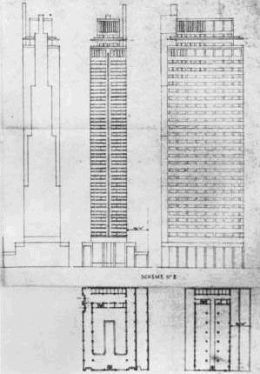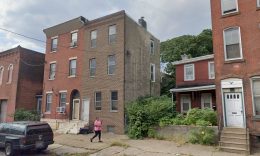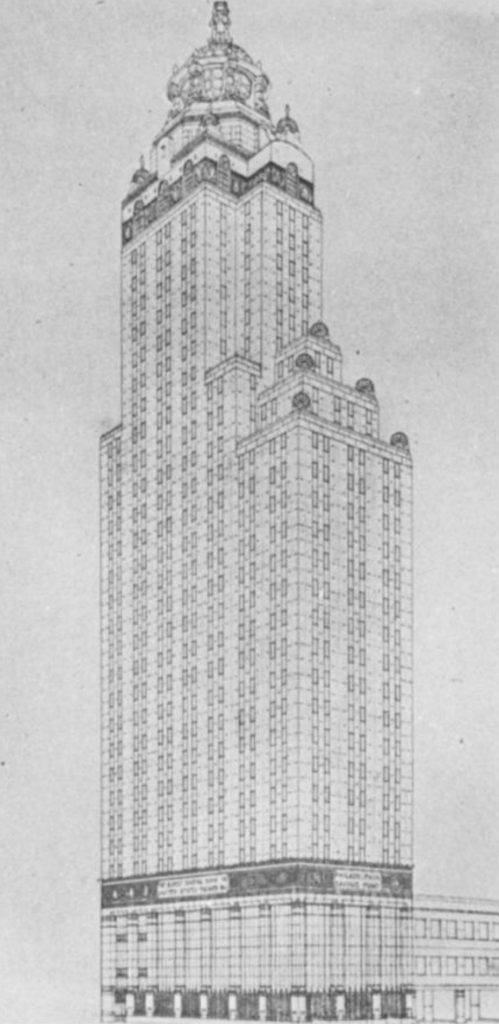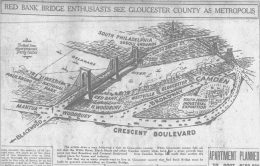YIMBY Presents Massing Renderings of the Second Design for the PSFS Building
In recent weeks, Philadelphia YIMBY has shared a series of publications on the historic PSFS Building at 1200 Market Street in Market East, Center City. Yesterday we looked in detail at the first iteration of the building designed by architects George Howe and William Lescaze, who partnered in 1929. In this feature, we present massing renderings of the second design. The roof height of the current building stands 491 feet above the ground, which is likely as high as the iterations analyzed here would have also risen.




